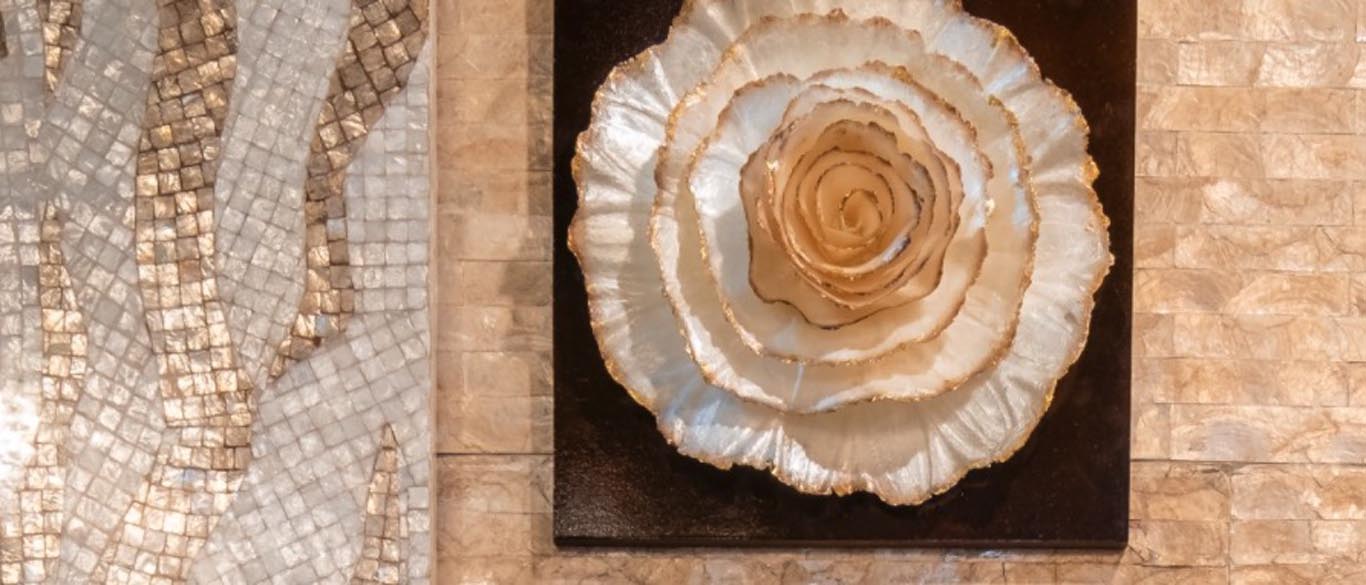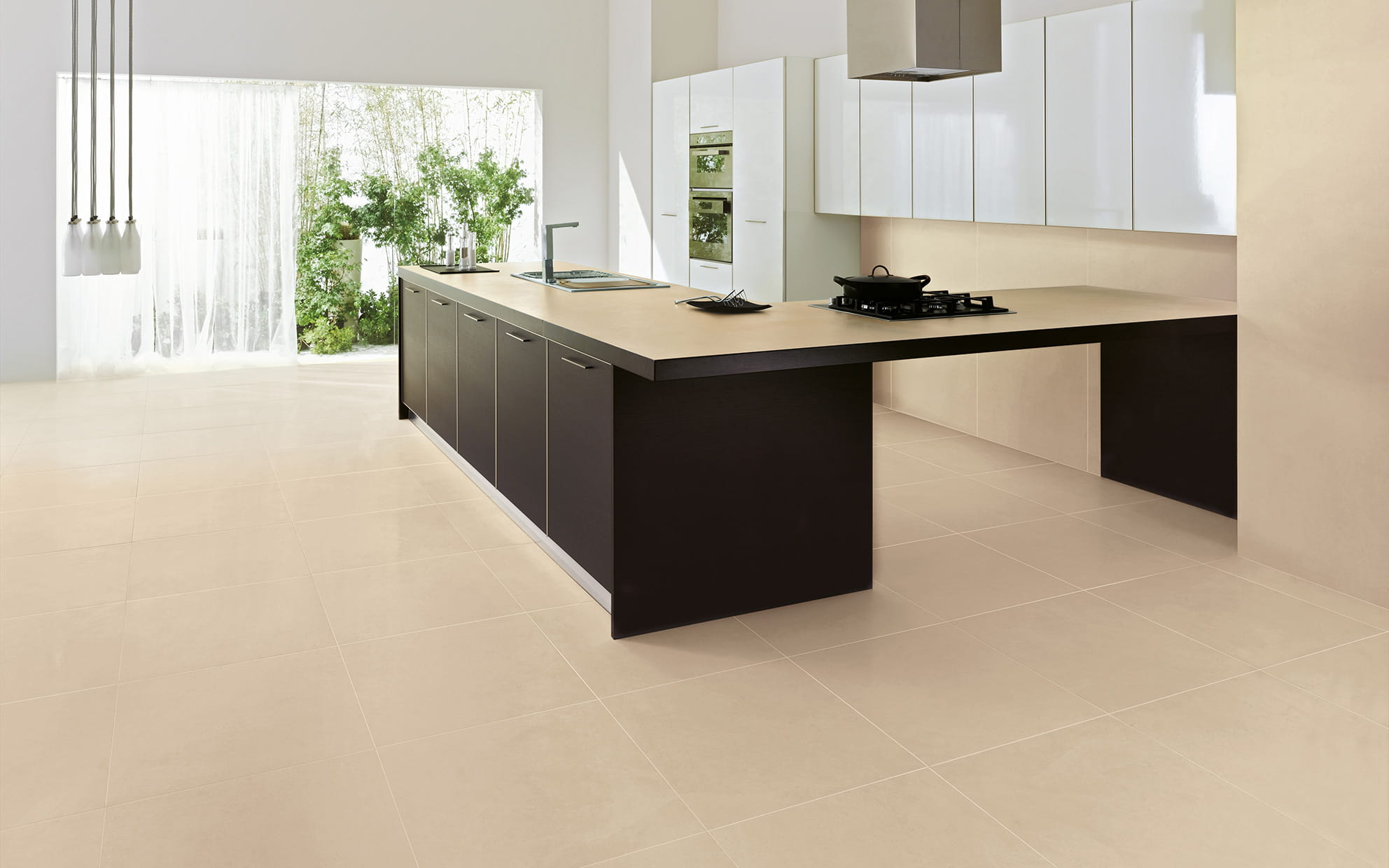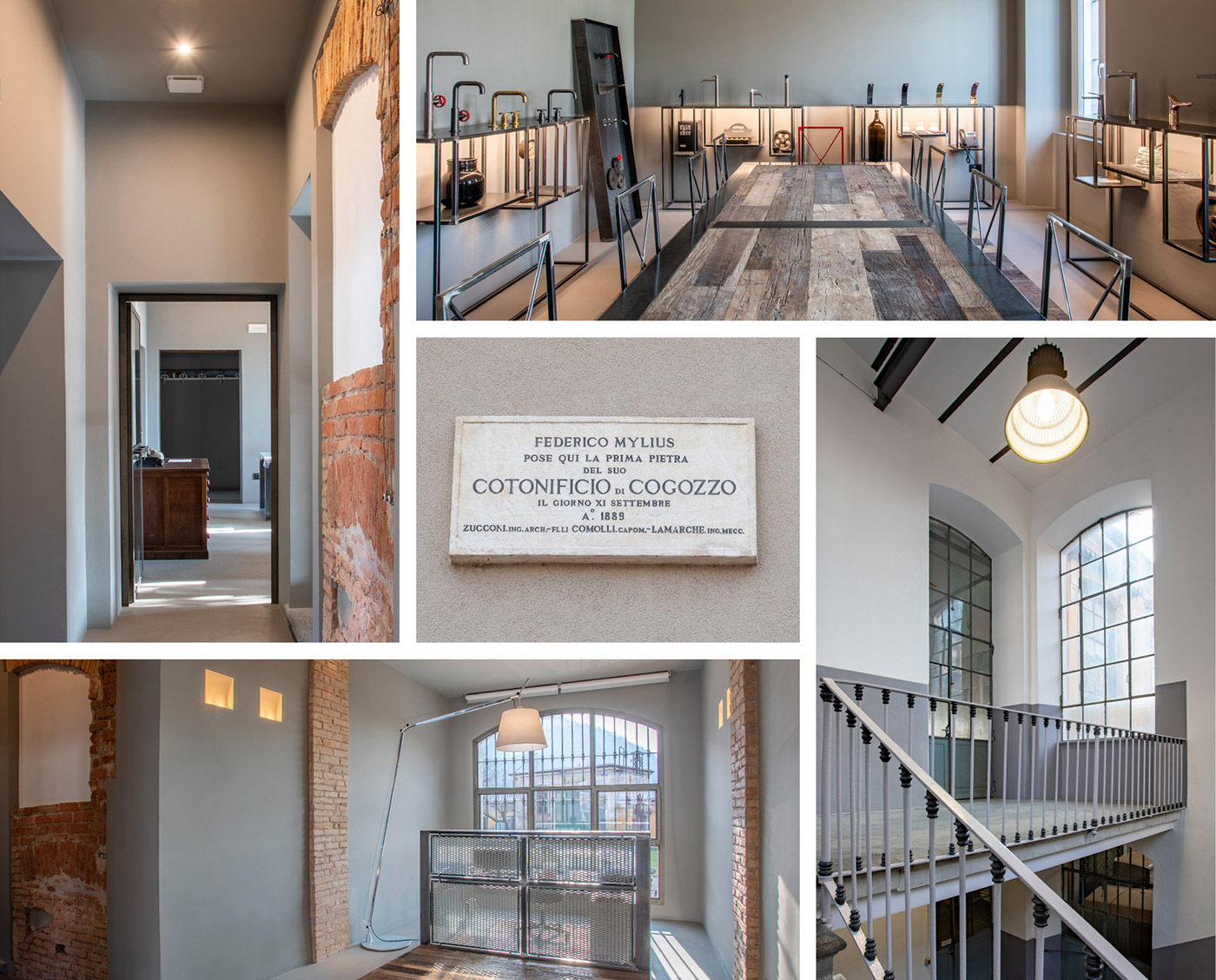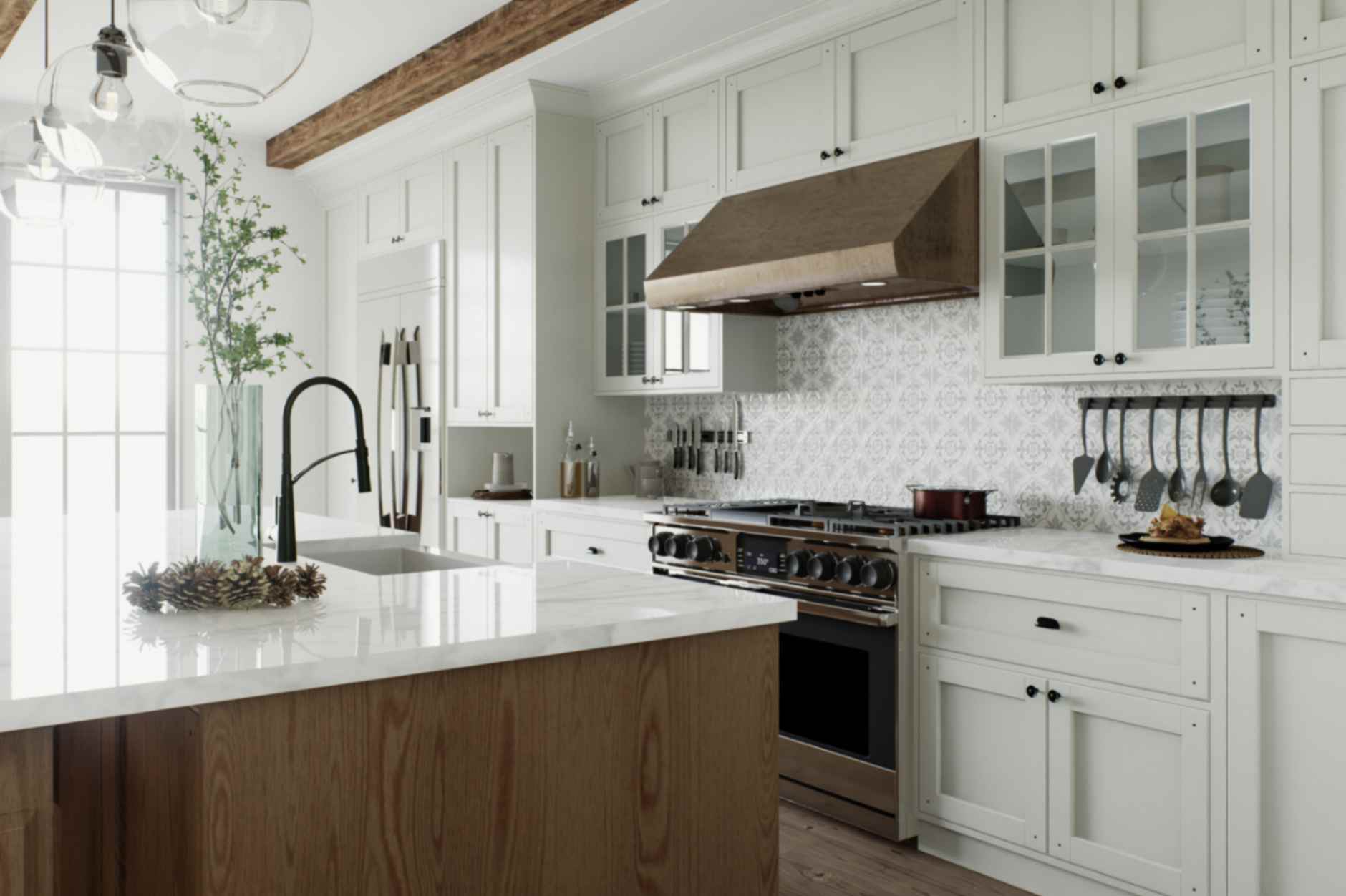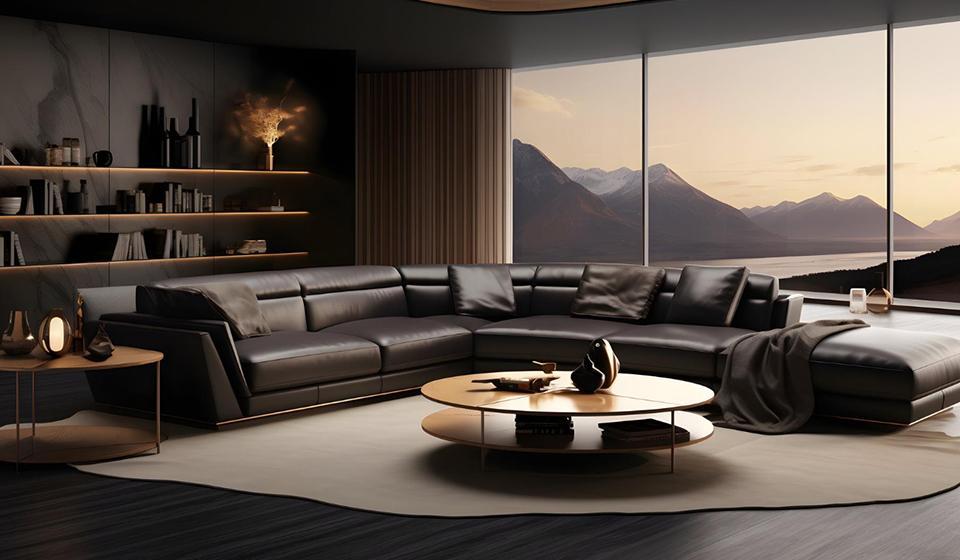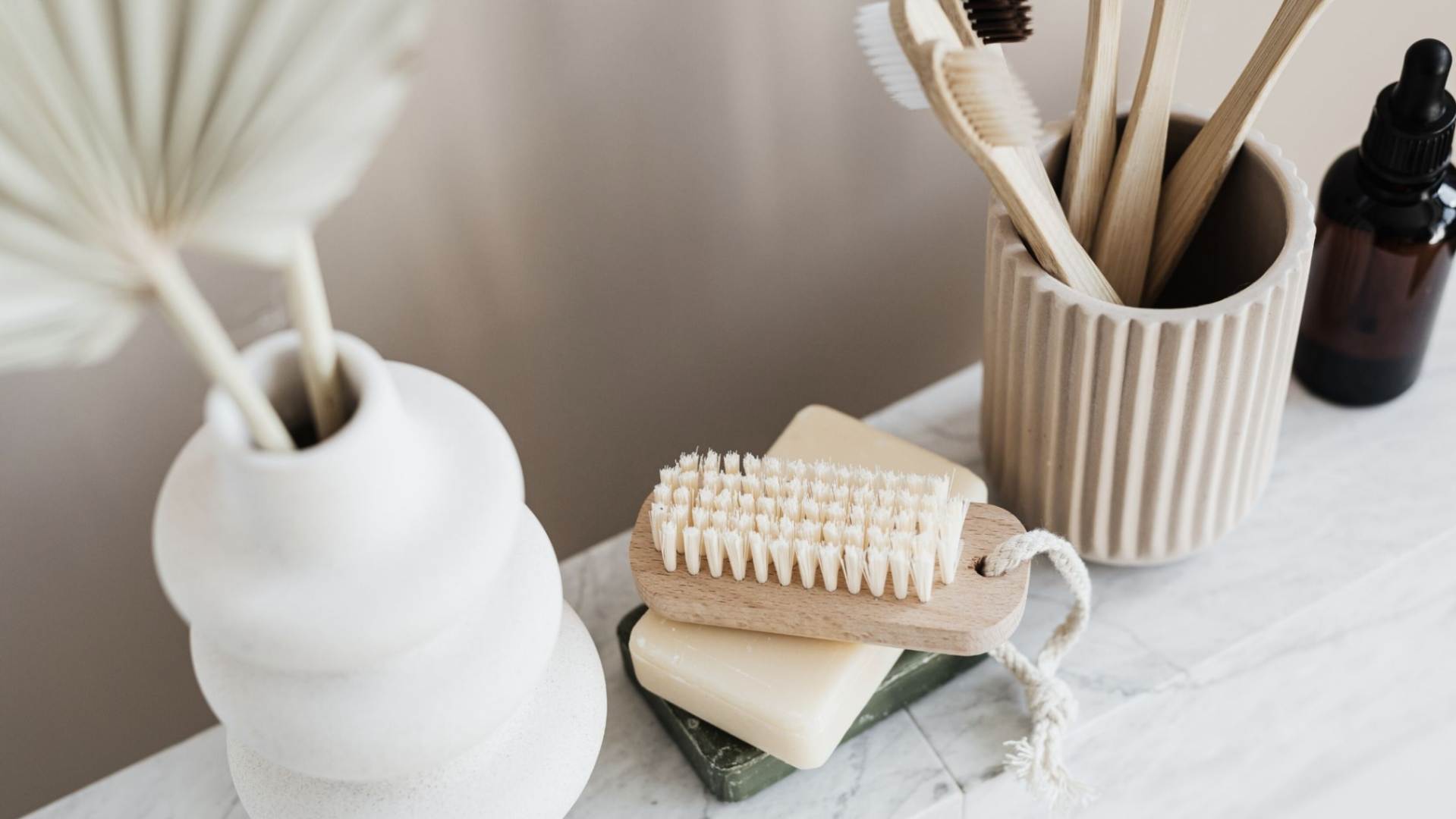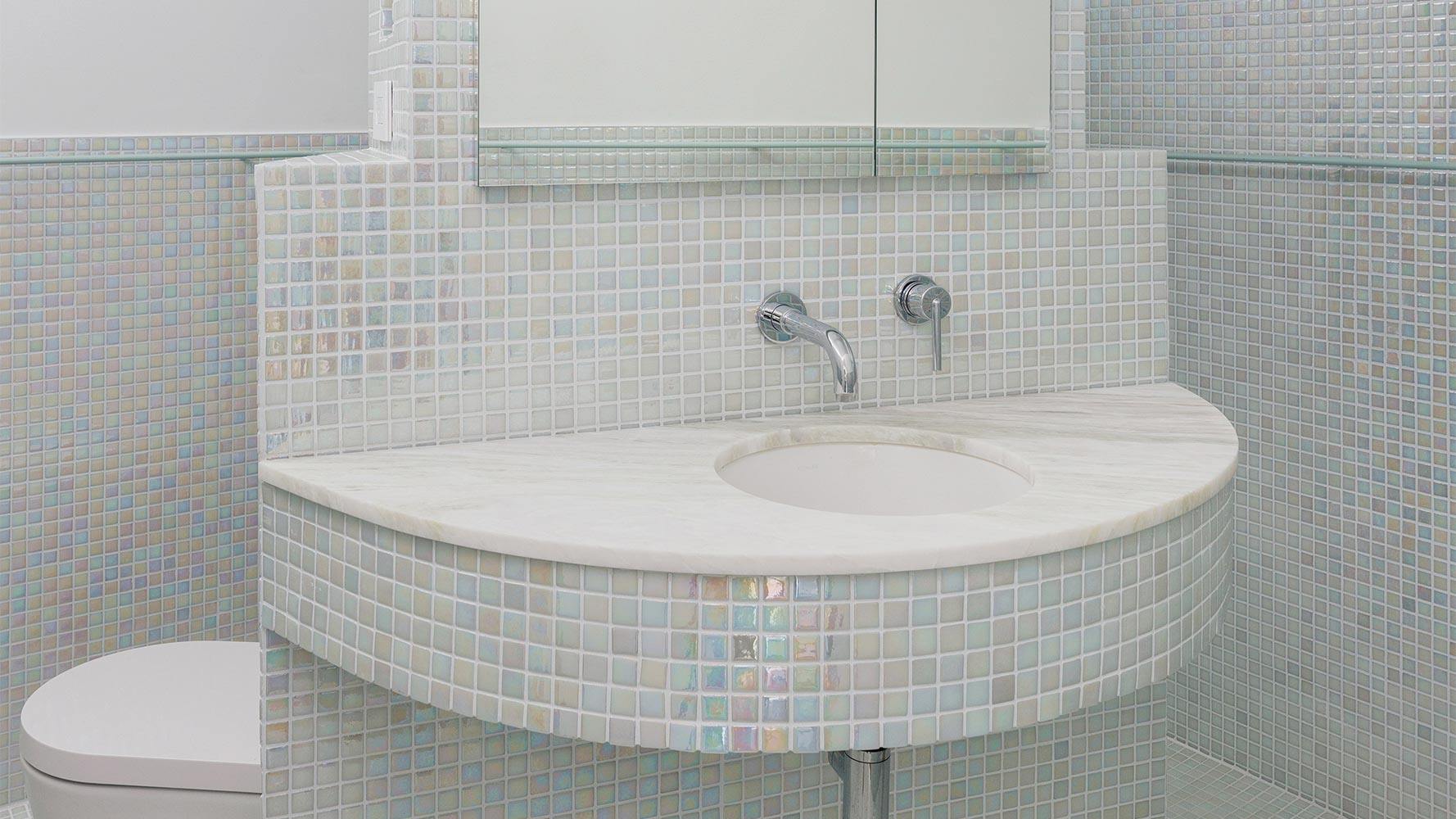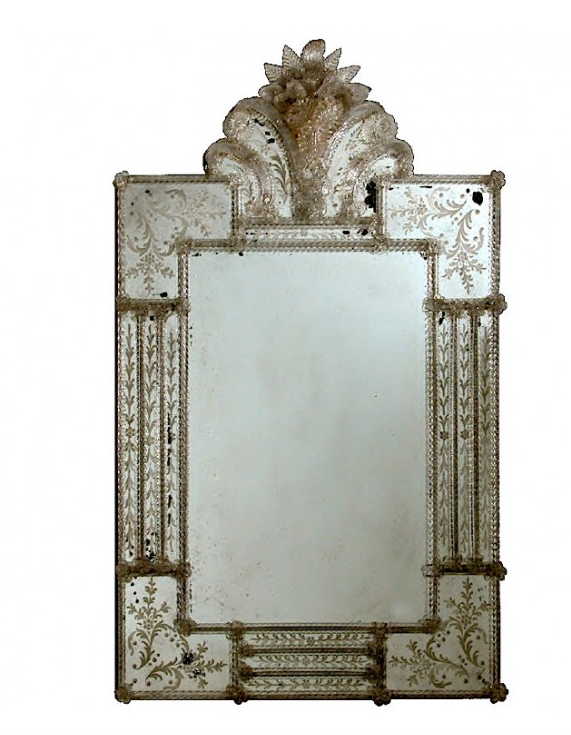Transitional Living Room Style Blending Modern and Traditional
Blending the best of both worlds, a transitional style living room offers a perfect balance between traditional comfort and modern sophistication. This versatile design approach combines classic and contemporary elements to create spaces that feel both timeless and fresh. If you’re looking to update your living room with a transitional flair, we’ve gathered everything you […] You're reading Transitional Living Room Style Blending Modern and Traditional, originally posted on Decoist. If you enjoyed this post, be sure to follow Decoist on Twitter, Facebook and Pinterest.
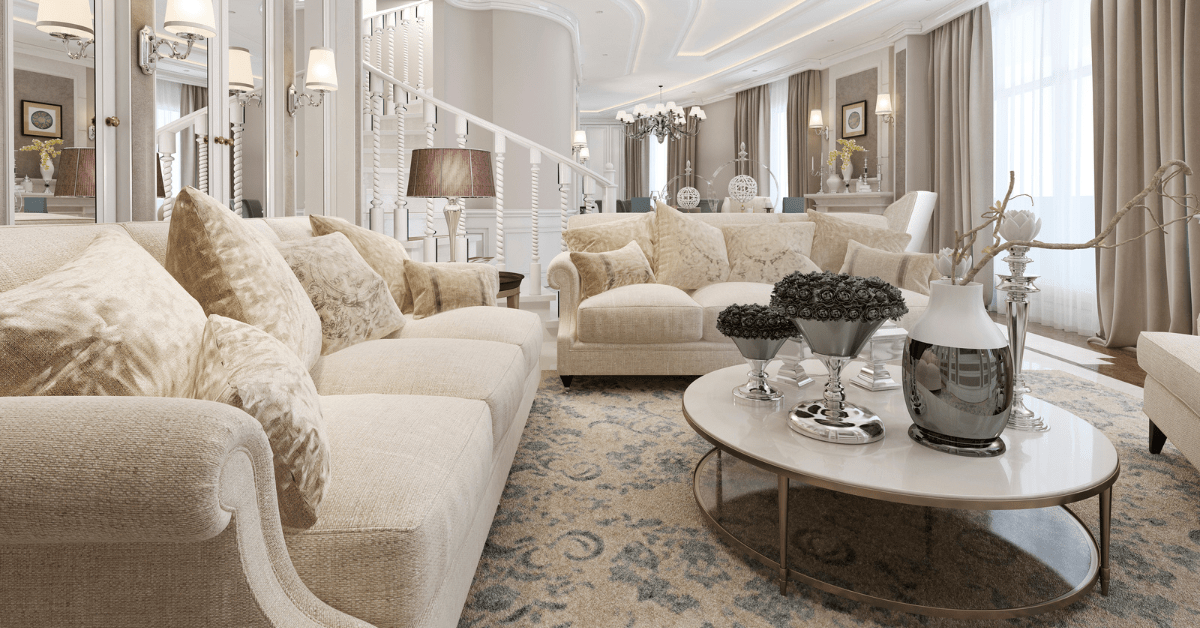
Blending the best of both worlds, a transitional style living room offers a perfect balance between traditional comfort and modern sophistication. This versatile design approach combines classic and contemporary elements to create spaces that feel both timeless and fresh. If you’re looking to update your living room with a transitional flair, we’ve gathered everything you need to know to achieve this popular look.
What Defines Transitional Style?
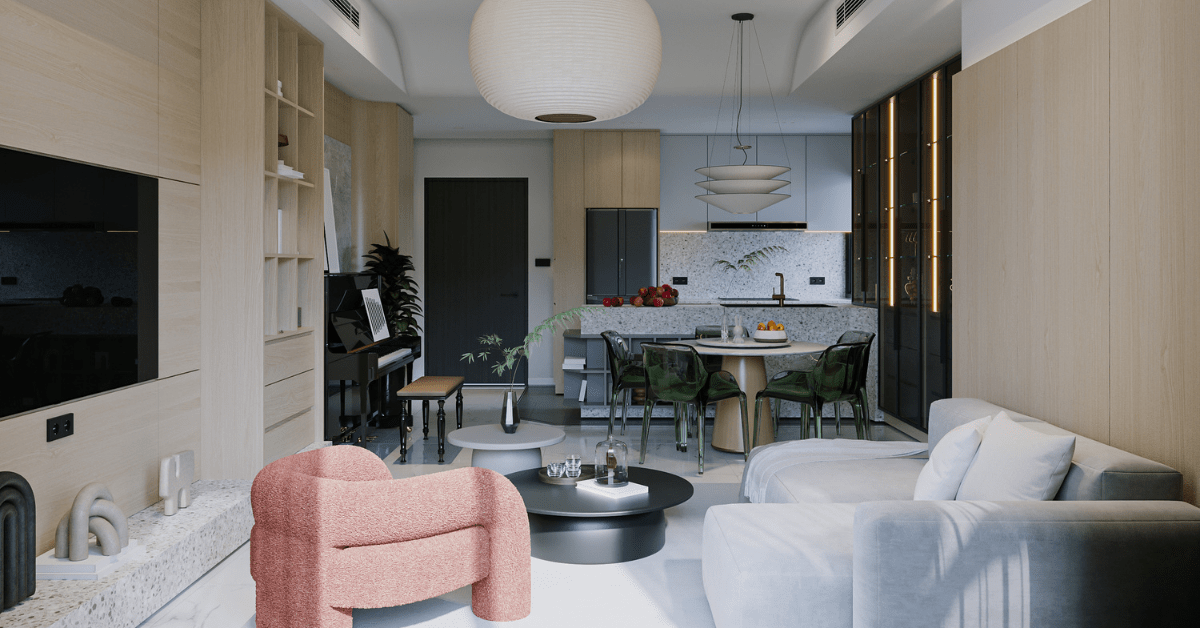
Transitional style bridges the gap between traditional and contemporary design. It incorporates clean lines and neutral color palettes from modern aesthetics while maintaining the warmth and comfort of traditional decor. Key elements include:
- A neutral color scheme with pops of muted color
- A mix of curved and straight lines in furniture
- Minimal accessories and clutter-free surfaces
- Textural elements like natural fibers and plush fabrics
- A blend of materials like wood, metal, glass, and stone
By combining these elements thoughtfully, you can create a living room that feels both sophisticated and inviting.
Creating a Neutral Base

The foundation of transitional style living room design is a neutral color palette. Shades of white, beige, gray, and taupe create a soothing backdrop that allows furniture and accessories to shine. Consider painting walls a warm white or light gray to set the tone. Add depth with darker neutral accents like charcoal or chocolate brown.
When selecting furniture, opt for pieces in neutral tones as well. A cream-colored sofa or light gray armchairs provide versatility. You can then layer in color and pattern through pillows, throws, and artwork. This approach allows you to easily update the look seasonally or as trends change.
Mixing Modern and Traditional Furniture
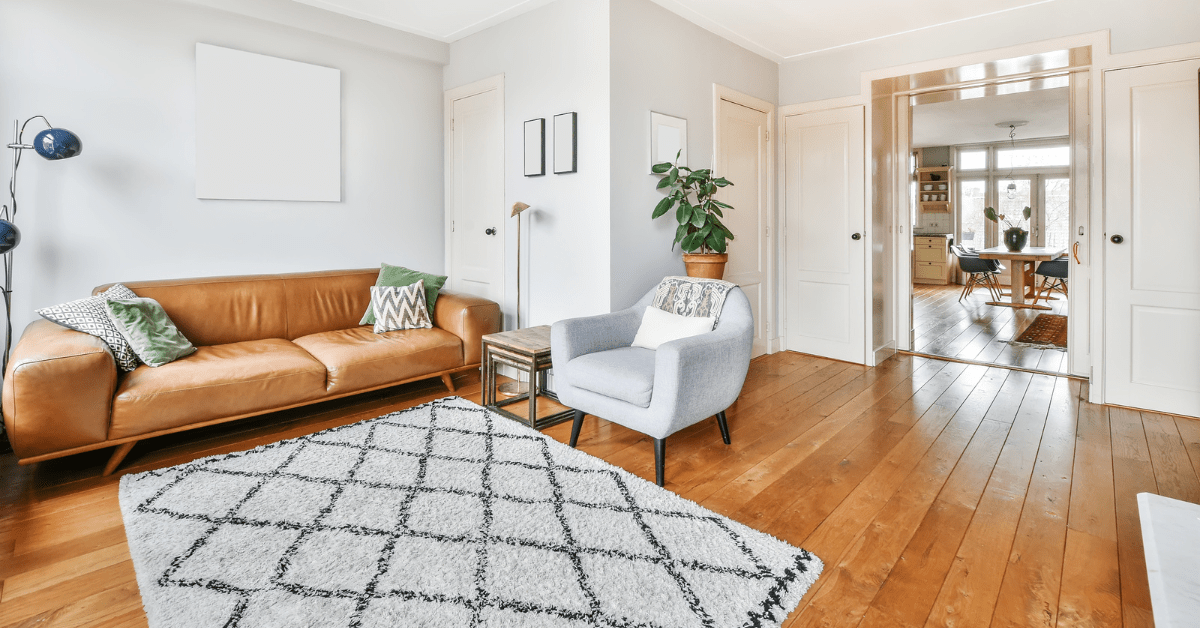
One of the hallmarks of transitional style is the artful combination of furniture from different eras. Pair a sleek modern sofa with traditional side tables, or place contemporary chairs alongside an antique coffee table. The key is to find pieces that complement each other in terms of scale and proportion.
Look for furniture with clean lines and minimal ornamentation. A Chesterfield sofa feels fresh when paired with streamlined accent chairs. Or try a modern sectional with classic rolled arms for a transitional twist. Mixing wood tones and finishes also adds visual interest and depth to the space.
Incorporating Texture and Pattern
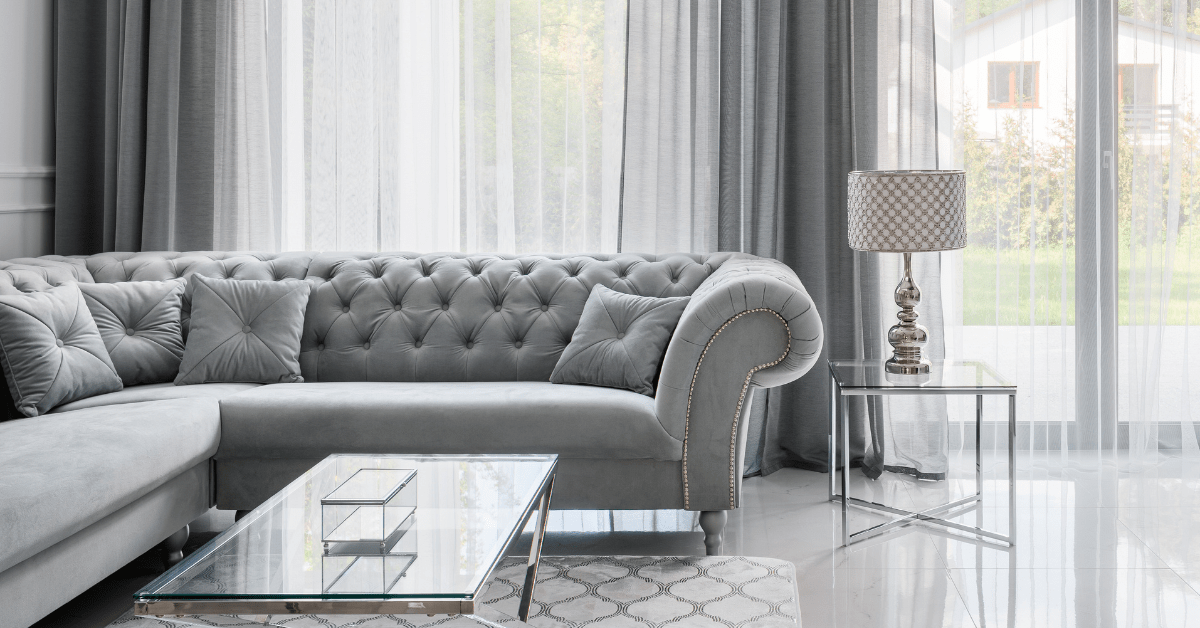
While transitional spaces tend to be fairly neutral, texture and subtle patterns play an important role in adding visual interest. Consider incorporating:
- Natural fibers like jute, sisal, or seagrass in rugs and accent pieces
- Plush fabrics like velvet, chenille, or bouclé on upholstered furniture
- Woven textiles with geometric patterns for pillows and throws
- Textured wallpaper or grasscloth on an accent wall
- Patterned area rugs in neutral tones
These elements add warmth and dimension to the space without overwhelming the serene vibe. Stick to patterns in similar color families for a cohesive look.
Selecting Lighting and Accessories
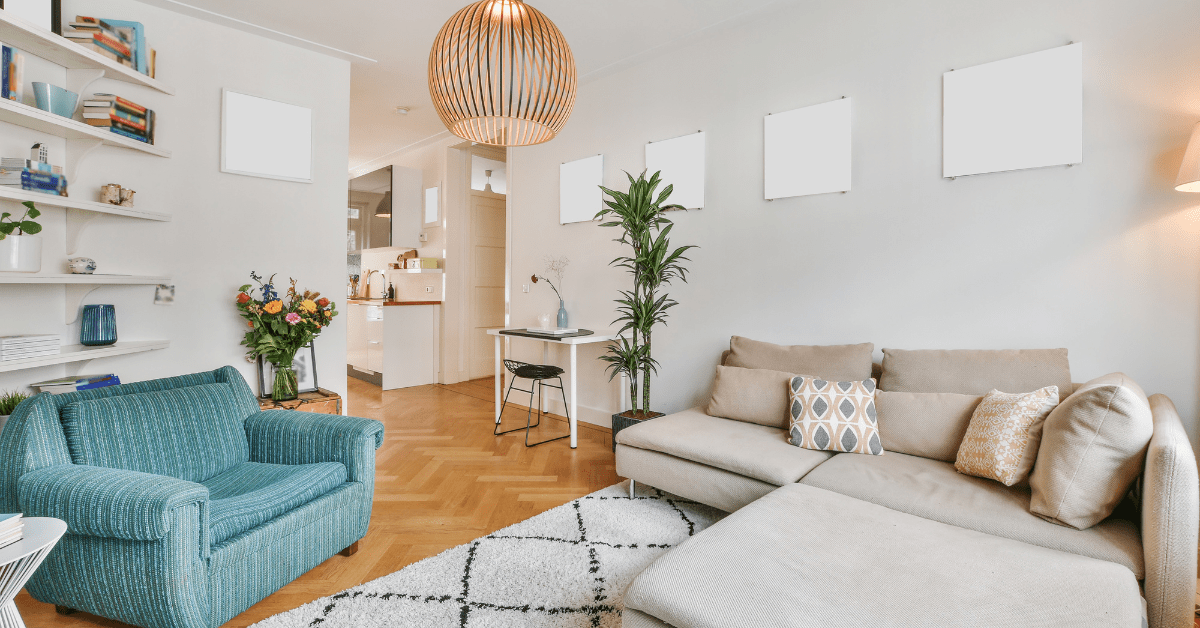
Lighting is an opportunity to add personality to a transitional living room. Mix traditional table lamps with more modern floor lamps or pendant lights. A statement chandelier can serve as a focal point while bridging old and new styles.
When it comes to accessories, less is more in transitional spaces. Choose a few impactful pieces rather than cluttering surfaces. Some ideas include:
- Large-scale artwork in neutral tones
- Sculptural vases or bowls
- Stacks of coffee table books
- Natural elements like driftwood or plants
- Mirrors to reflect light and add depth
The goal is to create visual interest without overwhelming the space. Edit your accessories regularly to maintain a clean, uncluttered look.
Creating Focal Points
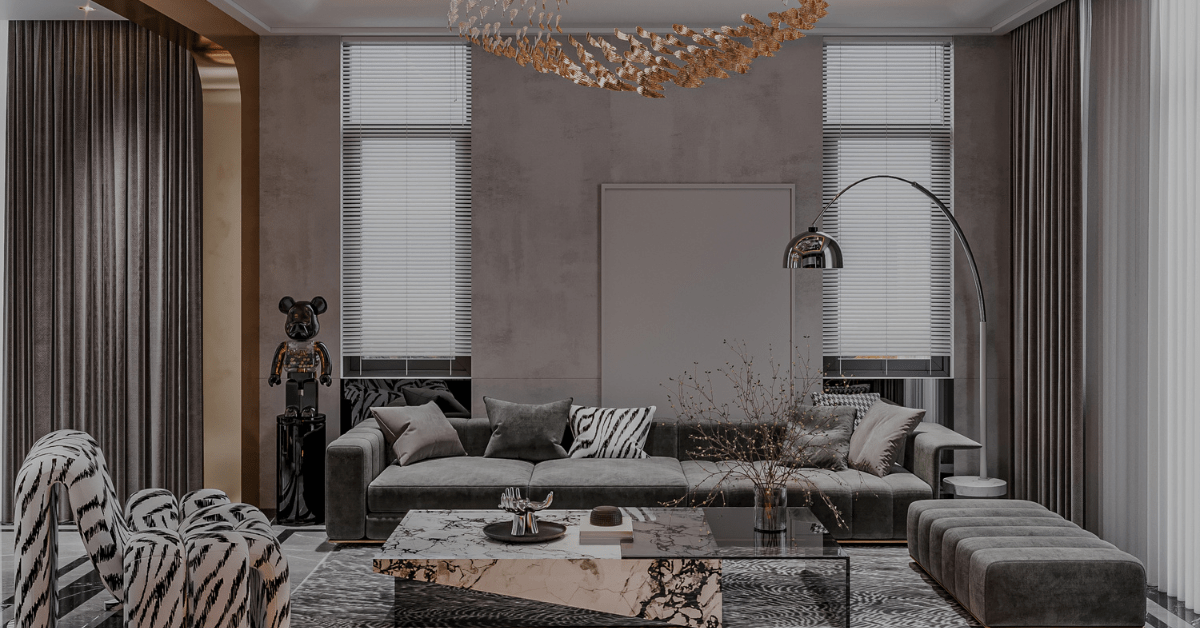
Every room needs a focal point, and transitional living rooms are no exception. Some options to consider:
- A statement fireplace with a sleek surround
- Built-in bookshelves styled with a mix of books and objects
- An oversized mirror or piece of artwork
- A dramatic light fixture
- A feature wall with textured wallpaper or paneling
The focal point should draw the eye while complementing the overall design scheme. Use it as an opportunity to showcase your personal style within the transitional framework.
Balancing Comfort and Style
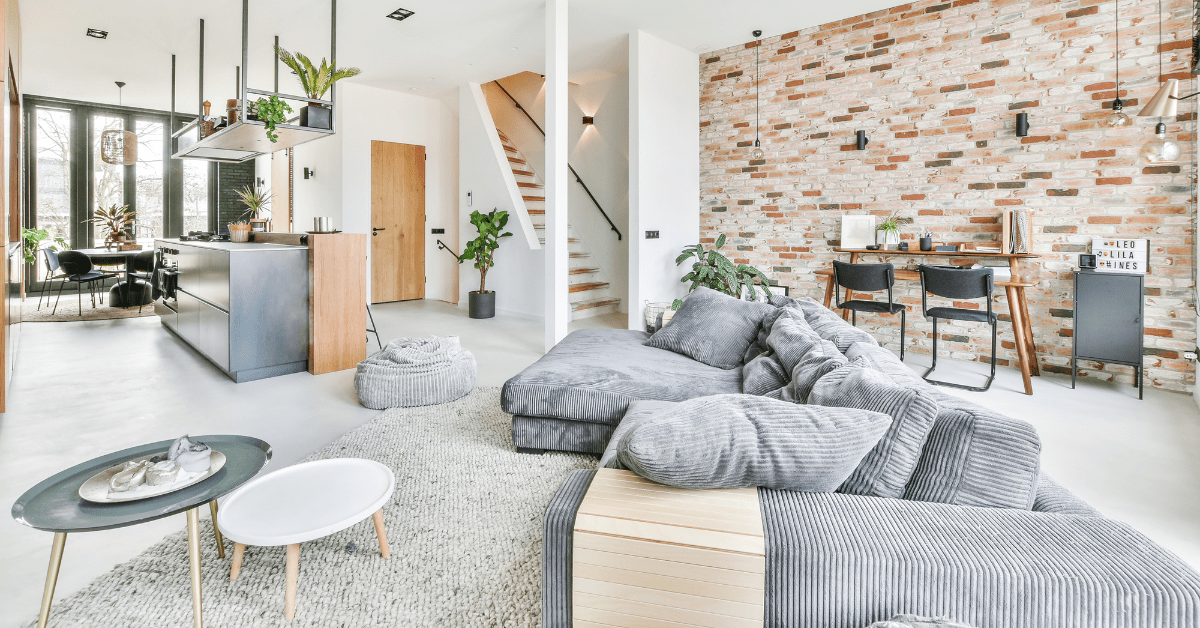
While transitional style emphasizes clean lines and a sophisticated aesthetic, comfort is equally important in a living room. Choose furniture with deep, comfortable seating and plush cushions. Layer in soft throws and pillows for added coziness.
Consider the room’s layout and flow to ensure it functions well for your lifestyle. Create conversation areas with seating grouped around a coffee table. Include side tables for setting down drinks. A plush area rug helps define the seating area and adds warmth underfoot.
Related Article: Embracing Grandmillennial Style to Bring Nostalgia Into Modern Decor
With these transitional style living room styling tips, you can create a space that feels both timeless and on-trend. By blending traditional comfort with modern sophistication, you’ll have a versatile room that can evolve with your tastes over time. Whether you’re starting from scratch or updating an existing space, these tips will help you achieve the perfect transitional look.
You're reading Transitional Living Room Style Blending Modern and Traditional, originally posted on Decoist. If you enjoyed this post, be sure to follow Decoist on Twitter, Facebook and Pinterest.


